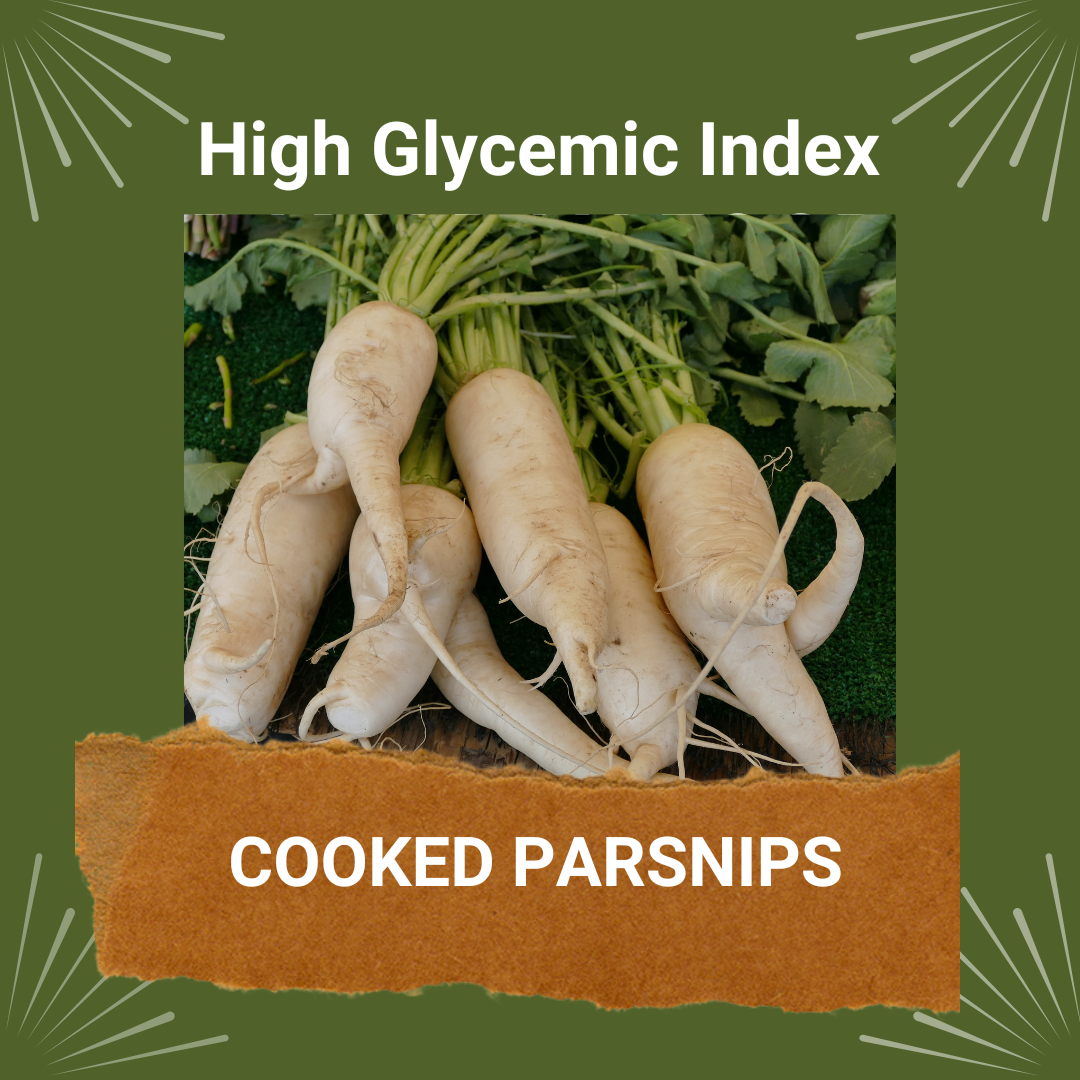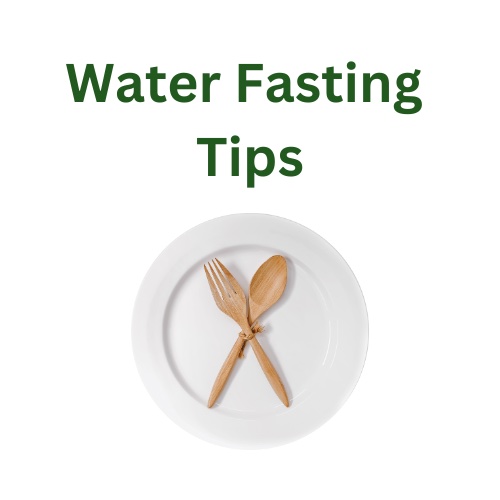When we think of plant-based foods, we often assume they are healthy and low in sugar. However, some of these foods have a surprisingly high glycemic index (GI) or glycemic load (GL), which can cause blood sugar spikes. Let’s look at a few plant-based foods that might surprise you and why you should care—or not care—about their effect on your blood sugar.
What is Glycemic Index (GI) and Glycemic Load (GL)?
- Glycemic Index (GI) measures how quickly a food raises blood sugar levels.
- Glycemic Load (GL) considers the portion size, offering a more practical view of how much food will affect blood sugar.
High-GI Plant-Based Foods
- White Potatoes
- GI: 78-85
- Why it matters: Potatoes are a staple in many diets, but they cause quick blood sugar spikes. This can be an issue for people with diabetes or those managing their blood sugar.
- Why it might not matter: Eating potatoes with protein or fat can reduce this spike. Plus, they’re a great source of energy for active individuals. Enjoy in moderation only if your body reacts well to them.
- Watermelon
- GI: 72
- Why it matters: Despite being mostly water, watermelon has a high GI. If you eat a lot of it, your blood sugar can rise quickly.
- Why it might not matter: Watermelon has a low glycemic load, meaning that the actual impact on blood sugar is moderate when eaten in normal amounts.
- Rice Cakes
- GI: 82
- Why it matters: Marketed as a healthy, low-calorie snack, rice cakes cause blood sugar to spike quickly, leaving you feeling hungry again soon. You would be better off eating nut butter on slices of fresh apples (GI 36)
- Why it might not matter: Pairing them with fats or proteins, like nut butter, can help reduce their effect on your blood sugar. Just remember that rice cakes are a dessert, not a health food.
- Brown Rice Syrup
- GI: 98
- Why it matters: Brown rice syrup is often used as a sweetener in plant-based snacks, but it has an extremely high GI. This can lead to rapid blood sugar spikes, a concern for those managing insulin levels.
- Why it might not matter: In moderation, this isn’t likely a significant issue unless you have diabetes or other blood sugar concerns. Read labels and be aware of the brown rice syrup you are consuming to limit it in your diet.
- Parsnips
- GI: 52-97 (depending on preparation)
- Why it matters: Parsnips are a root vegetable, and their GI can vary depending on their preparation. Cooked parsnips can have a high GI, leading to potential blood sugar spikes.
- Why it might not matter: Parsnips are full of natural fiber and nutrients, so the overall health benefits outweigh their GI concerns.
Why Should You Care About GI and GL?
For people who are trying to manage their blood sugar, particularly those with diabetes or insulin resistance, eating high-GI foods can cause quick spikes in blood sugar. This can lead to a cycle of hunger, overeating, and eventually weight gain or other health problems. High-GI foods can also cause energy crashes, making it harder to stay focused and productive throughout the day.
Why You Might Not Need to Worry
If you’re healthy and active and you pair high-GI foods with protein and fats, your body may tolerate them fine. Take care not to eat high GI foods along on an empty stomach or to break a fast as this will increase your reaction. Instead eat them near the end of your well balanced meal.
The Bottom Line
While some plant-based foods can have a surprisingly high glycemic index, this doesn’t mean you need to avoid them entirely. Instead, focus on balance. Pay attention to portion sizes, and try to pair high-GI foods with other macronutrients like fats and proteins to reduce their impact on your blood sugar. Understanding the GI and GL of foods can help you make better choices, but it’s just one part of a healthy diet.






